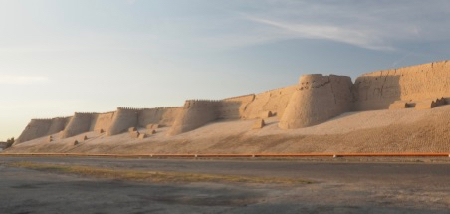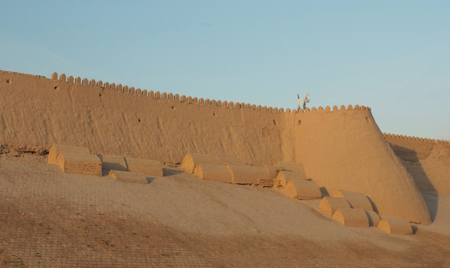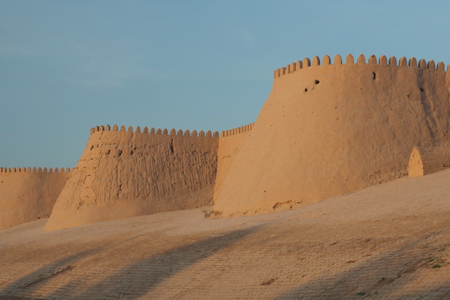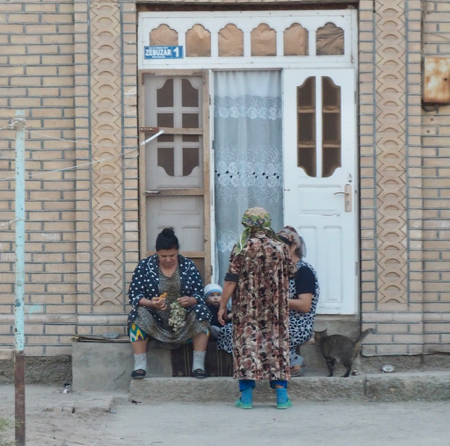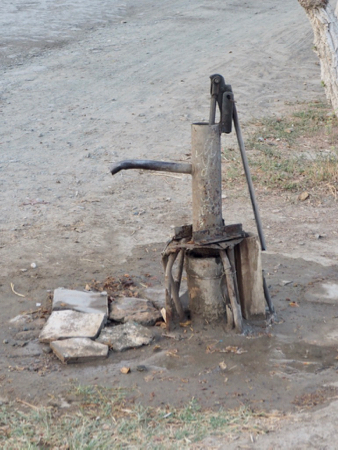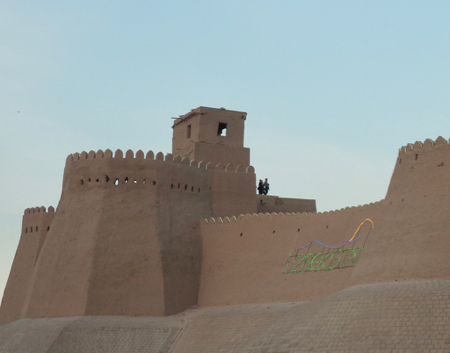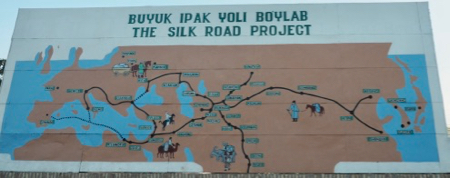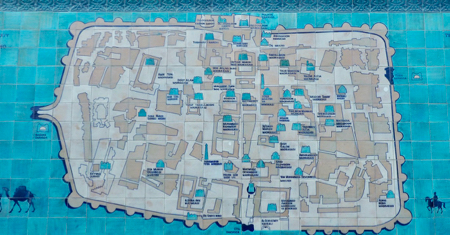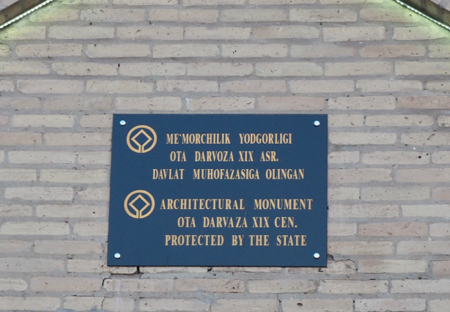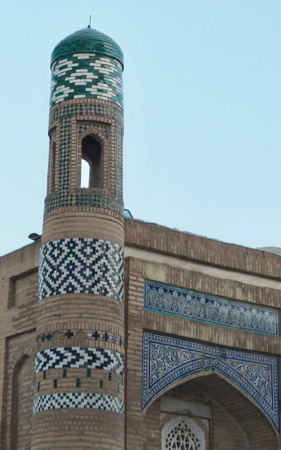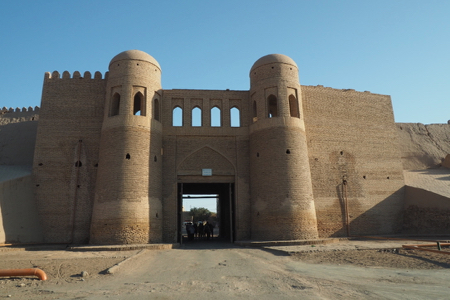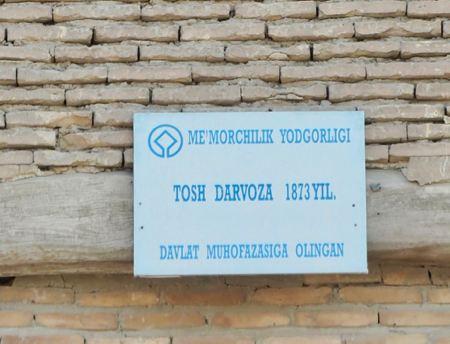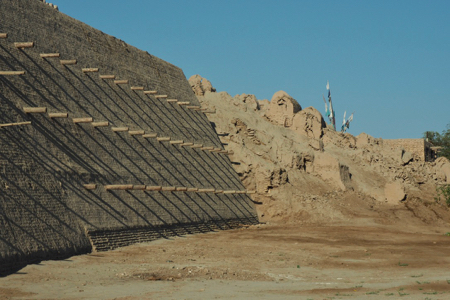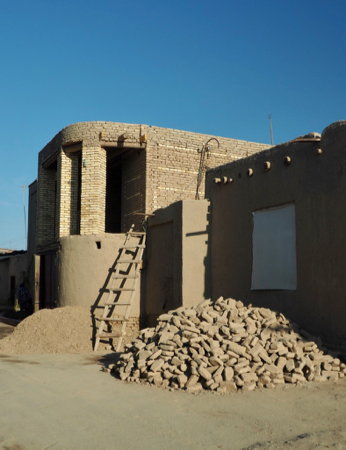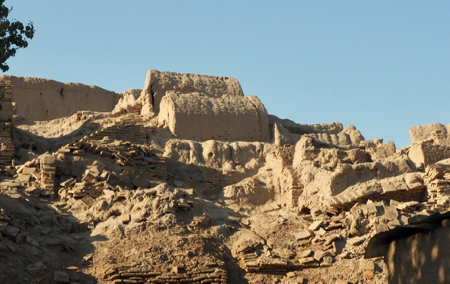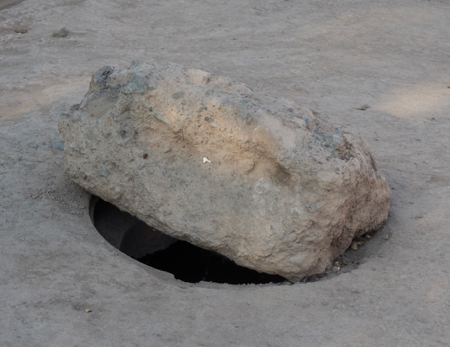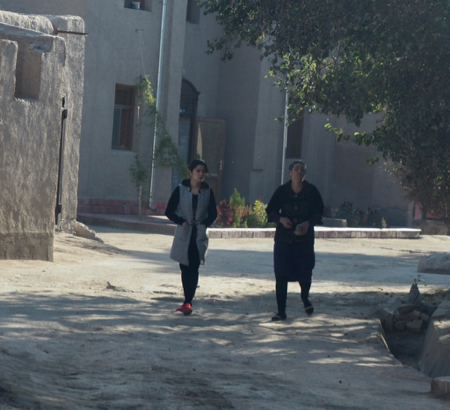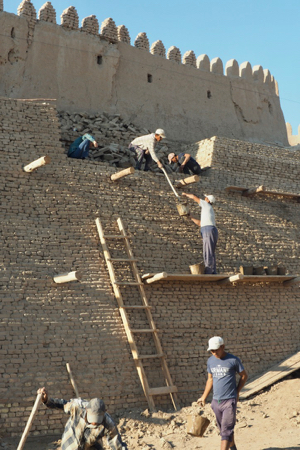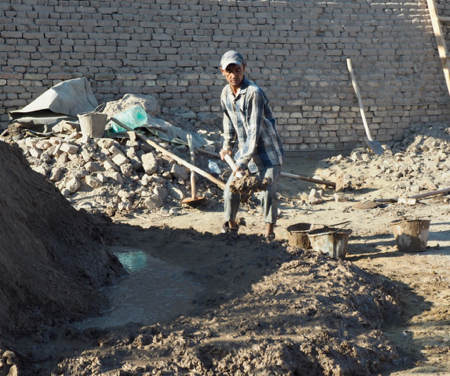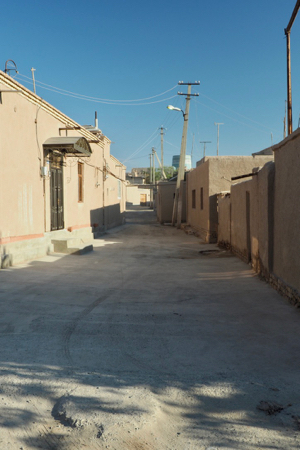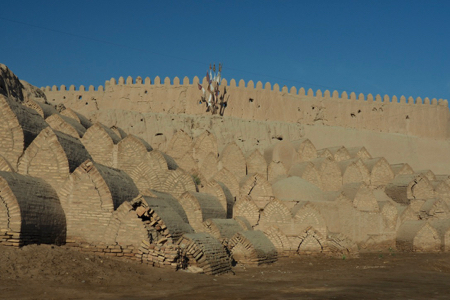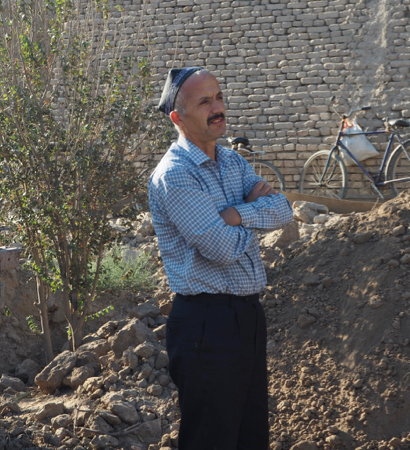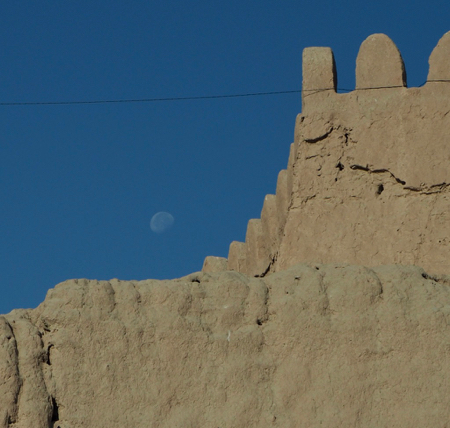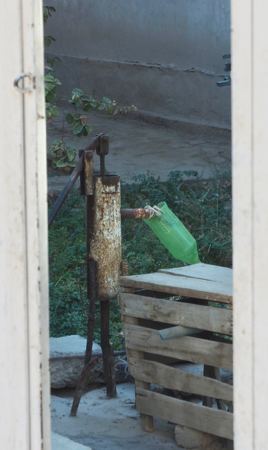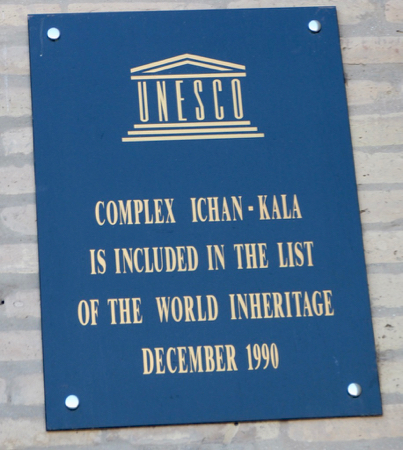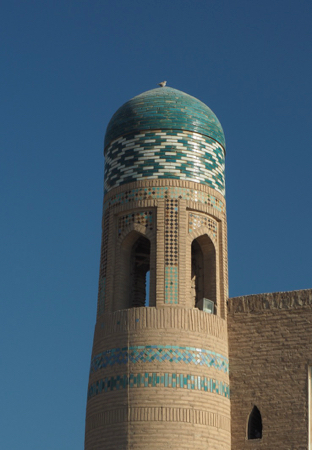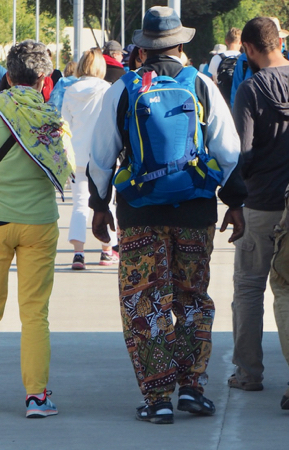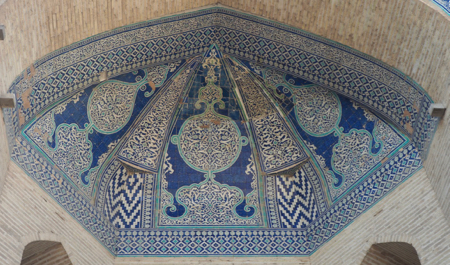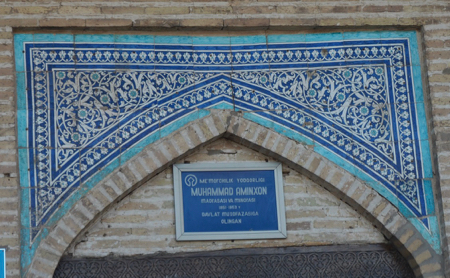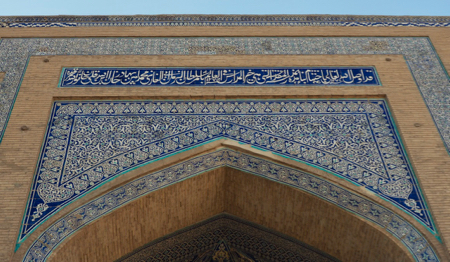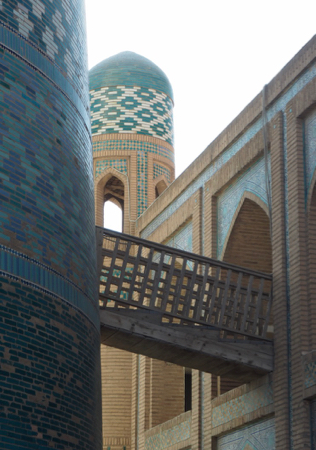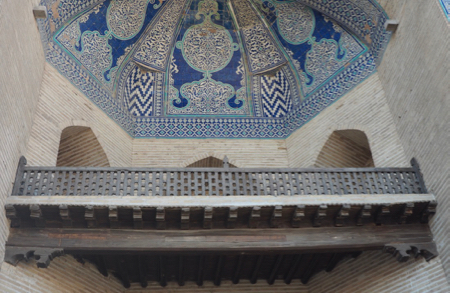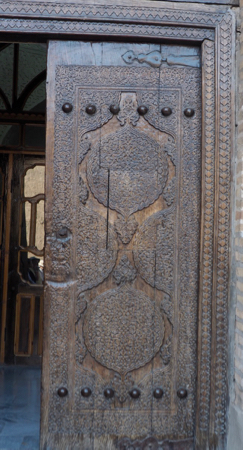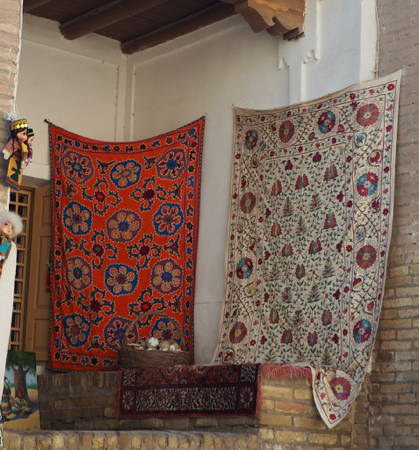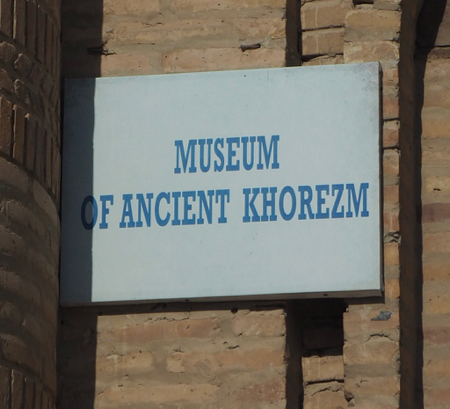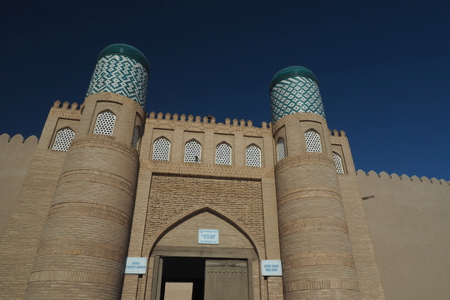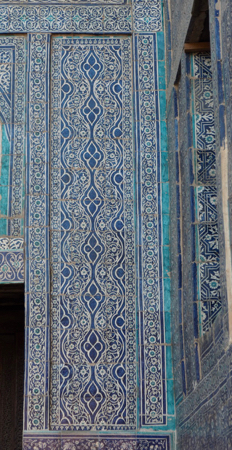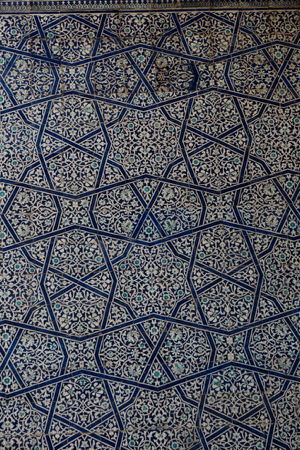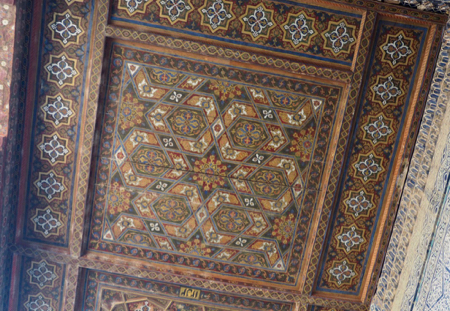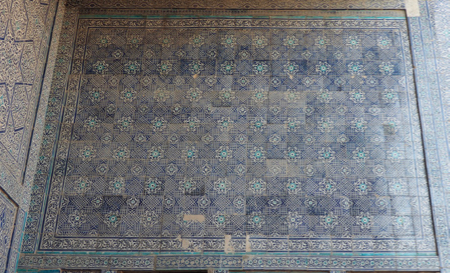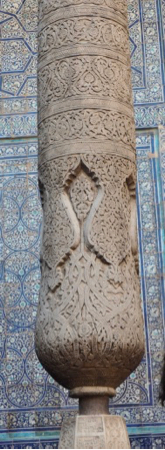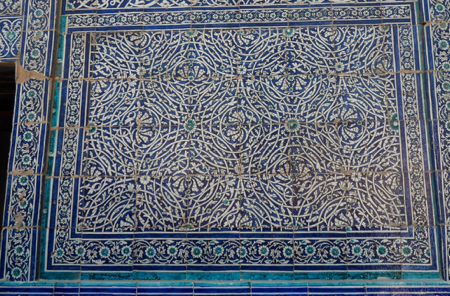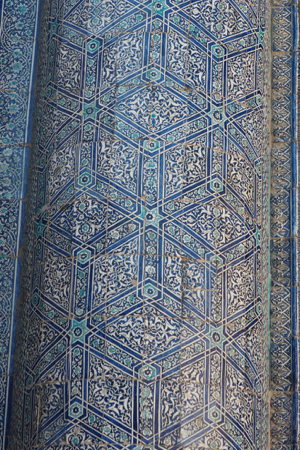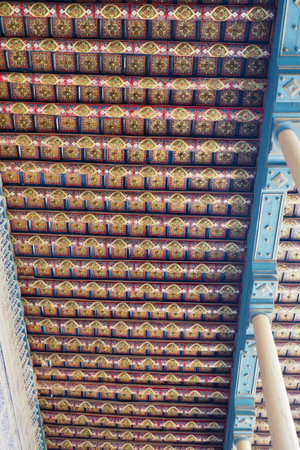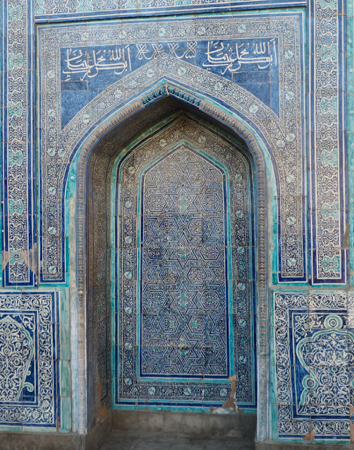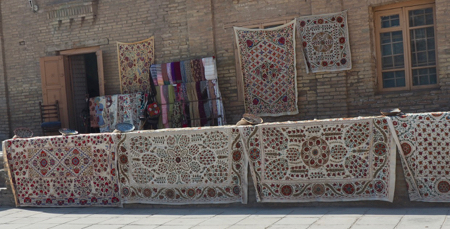Uzbekistan is a double land locked country. You need to cross at least two countries in any direction to get to the ocean. It is now a presidential republic and the first president died in 2016 after 27 years as ruler. Uzbekistan is 3,000-years-old. The name Uzbekistan means Land of the Sun. Herodotus wrote of the Land of the Sun. The father of algebra was born in Khiva. Uzbekistan exports natural gas, uranium, gold, copper, and zinc and has some oil.
We have passed a lot of cotton fields that were started in Soviet times. Cotton requires a lot of water. Irrigation to provide this water drained the Aral Sea. Salt patches formed and salt storms covered the fields with salt making them less fertile. Now fields are watered and drained to try to reduce the salinity. The US and the EU would not buy Uzbekistan cotton because children and students were used to pick it. The new President is stopping this slowly (very slowly by the looks of all the worker in the fields picking cotton by hand) by using machines to pick cotton.
We crossed the Oxus River (or Amur Darya River) which is used for irrigation. It is wide enough and deep enough to be navigable.
We checked into the Hotel Asia-Khiva and took a short walk through the walled inner city, a UNESCO historic site, and then ate a buffet meal at our hotel.
Walled inner city of Khiva
Walls of Khiva
Walls of Khiva
Local ladies
Local water pump
Walls with neon decoration
This is not a map of the famous Silk Road but of China's new project (see the link)
The inner city
Tile work disclaimer: One of the main attractions of this trip is the extensive, gorgeous tile work found throughout the older areas of the Stans, especially in Uzbekistan. My camera is as attracted to the tiles as it is to markets. You are going to see a LOT of tile photos from this point on (or not, your choice). Also, I am not going to even try to identify every tower and wall, etc. Please, just enjoy the many varieties of patterns and colors and the beauty of the work!
Sat., 9/29/18 - Khiva, Uzbekistan
Khiva was an important stop along the Silk Road. In the third century BCE the Huns from China sent a man west to negotiate a place to send Chinese and set up trade of Chinese silks for Roman silver coins. Now China's Silk Road Project is building a railroad through Central Asia from Chinese and South Korean ports through the Caucasus mountains and to the West to transport goods that still take too many days across very bad roads in trucks.
Khiva was a stop on the Silk Road because it had wells of underground water that was drinkable until the 1980s. The Old City was leveled by Iranians in the 1800s but was rebuilt as a smaller city with two sets of walls. There are brick tombs built along the sloping outer walls to keep invaders from attacking. They would stay away from the dead. As we walked along the walls we could see a skull and the condyles of two femurs among the crumbling tombs. The walls were first built of mud and clay bricks and did not last. Later clay bricks were fired and were more stable. Some of both are still present. There are also a number of prayer flags at various scared sites. These are considered holy places for pilgrims.
Tosh Darvoza entrance (west gate) to the inner city
Inside the walls
Restoration in progress
Tombs
Manhole cover
Ladies out for an early walk
Restoration in progress - another project OSHA wouldn't approve
Unmechanized restoration in progress
Making the bricks
Local street
Tombs with prayer flags
Local resident
Moon over the wall
The Stans are countries that use “the evil eye” theory of protection. We saw several bottles (coke) with salt and chili peppers hanging near doors to ward off any evil eyes.
Water pump
Also, Itchan-Kala
Nice pants
Below, photos from the Madrassah of Mohammed Amin.
Please remember that in this part of the world, especially, there are dozens of ways to spell everything!
Probably a tourist
Wood carved door
Kalta Minor - the “short minaret”
A khan started to build “the highest minaret, so high you could see Mecca from the top.” He died and the next khan did not continue building the blue tower.
Museum of Ancient Khorezm (or Khwarazm)
Tile inside the Khorezm Museum area
Carved wood pillar
Beautiful ceiling
Carpets for sale
| Return to Top | Return to Itinerary | Return to Trips page to view other trips | Return to Dreamcatcher Home Page |
